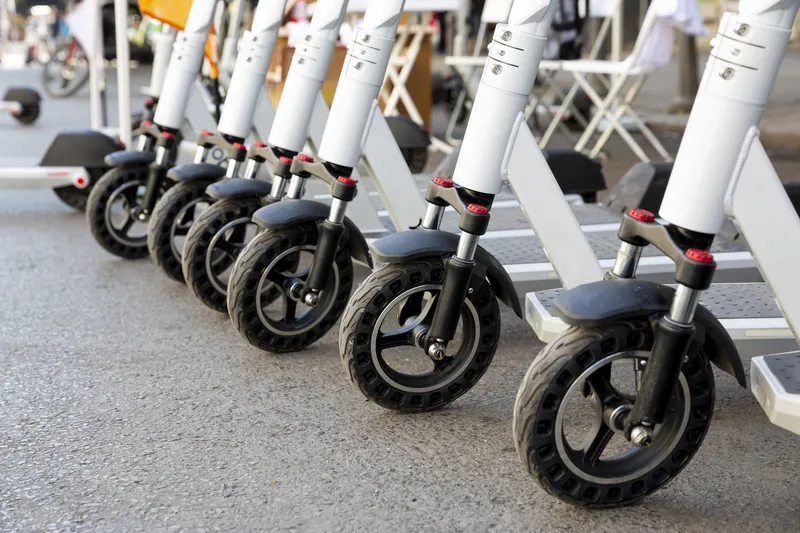The Mayor of London and Transport for London (TfL) have outlined plans for eight new pilots of 20mph speed limits on the TfL road network (TLRN) as part of continuing work to reduce road casualties, increase active travel and enhance the areas where people live, work and shop. The first confirmed pilot location is in Tower Hamlets, which is planned to be introduced in April when all borough roads in Tower Hamlets are made 20mph. Once implemented, the route could then be extended out to cover the wider Shore
March 13, 2015
Read time: 3 mins
The Mayor of London and 1466 Transport for London (TfL) have outlined plans for eight new pilots of 20mph speed limits on the TfL road network (TLRN) as part of continuing work to reduce road casualties, increase active travel and enhance the areas where people live, work and shop.
The first confirmed pilot location is in Tower Hamlets, which is planned to be introduced in April when all borough roads in Tower Hamlets are made 20mph. Once implemented, the route could then be extended out to cover the wider Shoreditch Triangle and sections of the A10, in line with Hackney’s 20mph borough wide aspirations. The remaining seven pilots could then be introduced throughout 2015 and 2016 on a rolling basis and in line with borough wide introductions where possible.
Both the Mayor and TfL have long supported 20mph speed limits on borough roads and in the last financial year (2013/14) borough roads totalling more than 280km in length have had the limit introduced, through the Mayor's Local Implementation Plan funding to the boroughs.
Almost 25 per cent of all London roads are now 20mph and London boroughs such as Islington, Camden and the City of London are leading the way with borough-wide 20mph limits on their roads. Hackney is also seeking to introduce 20mph next year.
While some roads in London are primarily traffic arteries keeping the city moving, others are also important places in their own right and therefore lower speed limits may be more appropriate. One of the key recommendations of the Mayor’s Roads Task Force, which published its findings in July 2013, was that TfL and the boroughs should look to introduce 20mph speed limits across London “to improve safety, attractiveness and ambience”. In response to this TfL has identified around 50km of its road network which could potentially be appropriate for 20mph speed limits.
TfL will now work closely with the relevant boroughs to investigate the potential for 20mph speed limit pilots, which would be introduced under an 18 month experimental order and will be subject to detailed monitoring. Traffic speeds, casualty data, safety perceptions and the number of cycling and walking trips would be monitored along with the effects on bus and traffic journey times, to assess whether to make the reduced speed limits permanent.
The first confirmed pilot location is in Tower Hamlets, which is planned to be introduced in April when all borough roads in Tower Hamlets are made 20mph. Once implemented, the route could then be extended out to cover the wider Shoreditch Triangle and sections of the A10, in line with Hackney’s 20mph borough wide aspirations. The remaining seven pilots could then be introduced throughout 2015 and 2016 on a rolling basis and in line with borough wide introductions where possible.
Both the Mayor and TfL have long supported 20mph speed limits on borough roads and in the last financial year (2013/14) borough roads totalling more than 280km in length have had the limit introduced, through the Mayor's Local Implementation Plan funding to the boroughs.
Almost 25 per cent of all London roads are now 20mph and London boroughs such as Islington, Camden and the City of London are leading the way with borough-wide 20mph limits on their roads. Hackney is also seeking to introduce 20mph next year.
While some roads in London are primarily traffic arteries keeping the city moving, others are also important places in their own right and therefore lower speed limits may be more appropriate. One of the key recommendations of the Mayor’s Roads Task Force, which published its findings in July 2013, was that TfL and the boroughs should look to introduce 20mph speed limits across London “to improve safety, attractiveness and ambience”. In response to this TfL has identified around 50km of its road network which could potentially be appropriate for 20mph speed limits.
TfL will now work closely with the relevant boroughs to investigate the potential for 20mph speed limit pilots, which would be introduced under an 18 month experimental order and will be subject to detailed monitoring. Traffic speeds, casualty data, safety perceptions and the number of cycling and walking trips would be monitored along with the effects on bus and traffic journey times, to assess whether to make the reduced speed limits permanent.









